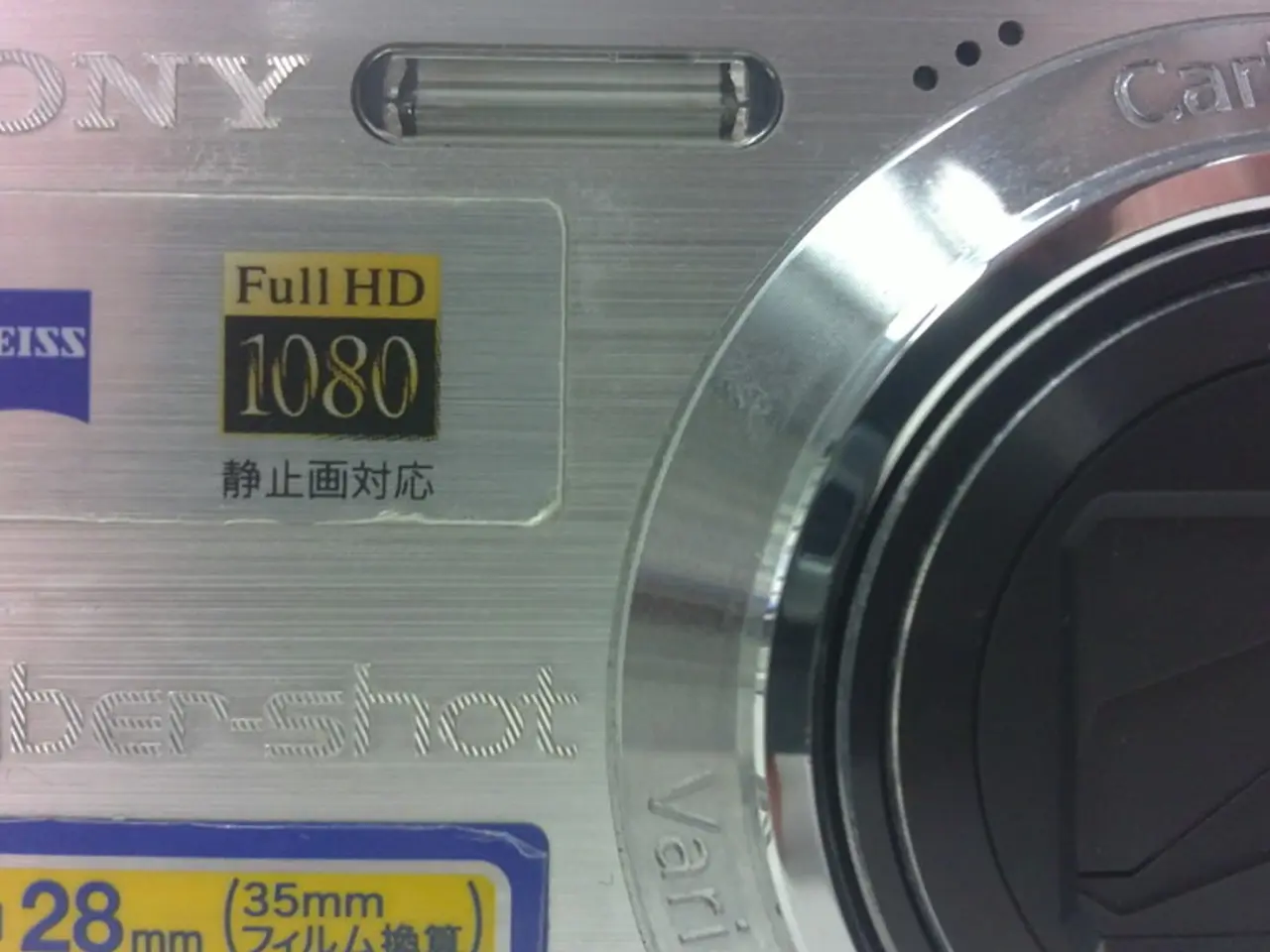Sony's A1 Mark II DSLR camera gets a fresh firmware, packed with new functions
Sony A1 II Mirrorless Camera Gets Enhanced Firmware Update
Sony has released a new firmware update (version 3.00) for its flagship mirrorless camera, the A1 II. The update introduces several improvements and new features aimed at enhancing workflow, usability, and image management.
The camera's shooting information display now automatically adapts to the camera's orientation, improving visibility and ease of use during fast-paced shooting. Users can choose whether to change Shooting Mode, Drive Mode, and Focus Mode via the physical dials or through on-screen menus, providing more customization and flexibility.
Image management is significantly enhanced: users can now simultaneously delete and rate images stored across both memory card slots, streamlining the handling of dual card workflows. During image playback, folder names and file names are now visible, aiding organization and quick identification of files.
For video workflows, the update adds the ability to add OK/NG/KEEP flags to clips during or after recording, facilitating footage triage and organization before editing. The update also aligns the A1 II with Sony's Transfer & Tagging and Monitor & Control apps by expanding compatibility, including enabling new features such as focus map overlays and IRIS control (some of these may require an additional paid license scheduled for release after August 2025).
These features will help event, school, or high-volume studio photographers, as well as photojournalists or those working in fields where image verification is essential, as image timestamps now reflect the camera's internal clock instead of server time. The update prepares the A1 II for specialized, pro-level applications, such as Scan and Tag, Photo Cropping, and Volume Photography Commands.
The Sony A1 II is designed for professional use, capable of high-speed sports photography, cinematic video production, and offering 8K video, 30fps bursts, and blackout-free EVF performance. New features like focus map overlays and IRIS operation bars are available when the camera is connected to a smart device.
Users are advised to ensure their battery is fully charged before installing the update, which is available now on the Sony support website. The full list of updates can be found on the Sony support website. This in-camera flagging helps streamline post-production, enabling editors or assistants to identify usable material before the footage even leaves the card.
- The enhancement in the camera's orientation-adaptive shooting information display on the Sony A1 II Mirrorless Camera is ideal for capturing wildlife photography.
- The new firmware update on the Sony A1 II Camera allows users to rate and delete images simultaneously, facilitating landscape photography workflows.
- The Sony A1 II Mirrorless Camera's updates improve video workflows, making it suitable for reviewing clips and performing video editing tasks.
- The Sony A1 II Camera, a technology gadget known for its performance in high-speed sports photography, now offers in-camera flagging, aiding professional news photography.
- With the new firmware update, the Sony A1 II Mirrorless Camera's compatibility with Sony's Transfer & Tagging and Monitor & Control apps has expanded, providing features like focus map overlays and IRIS control useful for post-production.
- The Sony A1 II Camera, capable of 8K video and 30fps bursts, becomes more versatile with the addition of features like focus map overlays and IRIS control when connected to a smartphone or tablet.
- The Sony A1 II Mirrorless Camera, after the firmware update, ensures that image timestamps reflect the camera's internal clock, creating an advantage for photojournalists and professionals.




